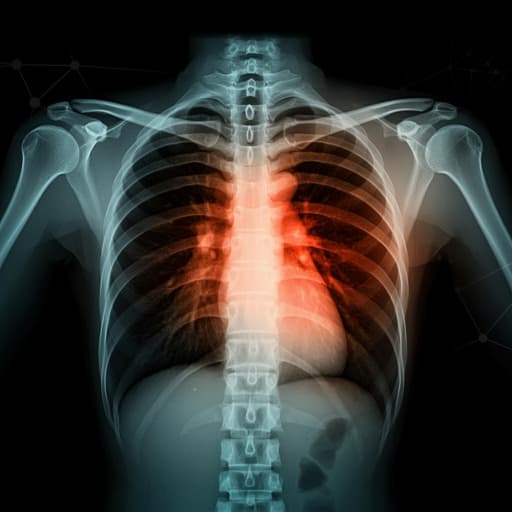
Medicine and Health
COVID-19 Prognosis from Chest X-ray Images by using Deep Learning Approaches: A Next Generation Diagnostic Tool
M. Pal, S. Parij, et al.
This exciting research conducted by Madhumita Pal, Smit Parij, Ganapati Pan, Snehasish Mishra, Ranjan K Mohapatra, and Kuldeep Dhama explores the powerful application of deep learning models, VGG-16 and LSTM, for accurate COVID-19 diagnosis from chest X-ray images. The findings illustrate impressive classification accuracy, making it a promising tool for swift COVID-19 screening in challenging environments.
~3 min • Beginner • English
Related Publications
Explore these studies to deepen your understanding of the subject.







